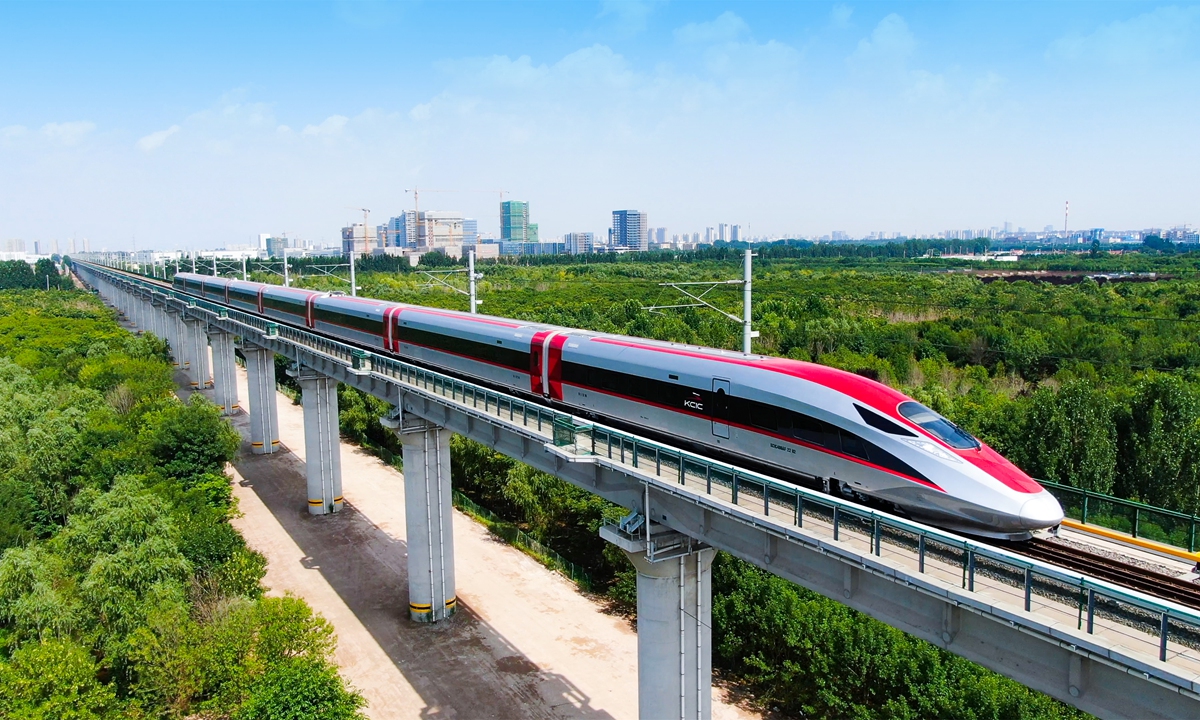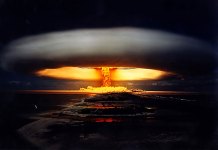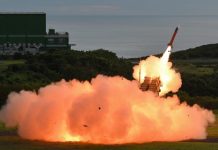For more than 60 years, Japan’s bullet train has stood as a testament to its technological prowess. However, in an unprecedented development, the Chinese High-Speed Rail (HSR), which has only been in operation since the mid-2000s, has managed to zoom ahead of the Japanese Shinkansen.
Japan was the first to build high-speed rail lines, and its Shinkansen, or bullet train, currently operates over 3,000 kilometers. With advanced technology and high safety standards, the Japanese bullet train has encountered no fatalities on the Shinkansen since its inauguration in 1964.
However, despite its stellar record, the Japanese bullet train has had few buyers. Since it started operating over 60 years ago, only Taiwan has purchased the Japanese bullet train. The first Shinkansen type to be sold outside Japan was the 700T Series, run by Taiwan High-Speed Rail.
The lack of interest from foreign partners is intriguing since several developing countries have been trying to introduce bullet trains to make commercial travel faster.
According to the Japan Times, the main reasons for the lack of interest in Shinkansen are the high price tag and lack of flexibility. “The system is highly integrated and less flexible than the models offered by competitor nations, and it is designed to tolerances that account for worst-of-worst-case scenarios rarely encountered.”
Japan argues that the initial cost of the Shinkansen is higher than what is offered by its rivals because a Shinkansen system needs specialized, dedicated tracks, meaning land must be acquired for it. In contrast, high-speed rails in Europe, like the TGV in France, are built to operate on pre-existing tracks.
However, the operating cost of the Shinkansen is much lower because these trains use less energy and cause less damage to rail track infrastructure as they are lighter than other high-speed rail rolling stock.
“The initial costs may be high due to the high quality and technology of the Shinkansen system,” Masafumi Shukuri, the chairman of the International High-speed Rail Association (IHRA), told Japan Times. “The upfront costs often become an issue. But what’s important is the life-cycle costs.”

The price tag has often turned interested customers away. On top of that, negotiations become more complicated because high-level approvals are required to begin a Shinkansen project.
1st European Country To Deploy Chinese AD System — PLA’s HQ-22 Variant Ready At NATO’s Doorstep
In contrast, despite being fairly new, China’s high-speed rail has become very popular among interested buyers. Although China began HSR operations only in 2008, less than two decades later, it has developed the world’s largest network of high-speed railways and operates some of the fastest trains in the world.
China has emerged as a rival to Tokyo as it continues to use its clout and capital to export its high-speed railway to the Asian market. For instance, Japan was a serious contender for Indonesia’s high-speed rail contract. However, Indonesia chose the Chinese HSR in 2015, causing a massive jolt to Tokyo. Indonesia finally launched the first high-speed rail service in Southeast Asia in 2023.
A second Chinese high-speed railway project is currently underway in Thailand. According to reports, the Thai government anticipates the entire line will be operational by 2028, with a phased launch. This will connect the Laos-China railway network with Bangkok.
When the line is finished, it will likely be extended into northern Malaysia to link with Kuala Lumpur, the country’s capital. The transnational railway line could eventually be extended to Singapore.
In January, both domestic and foreign consortiums submitted bids for the profitable project. However, without formal financial backing from Malaysia, the East Japan Railway Co. decided it would be too risky and withdrew.

Beijing announced in June 2024 that it wants to explore connecting Malaysia’s US$10 billion East Coast Rail Link (ECRL) with already-existing Chinese-backed railway projects in Thailand and Laos.
The move would greatly increase the influence of China’s Belt and Road plan across Southeast Asia and solidify the center path of the proposed Pan-Asia Railway, which would connect Singapore and Kunming, China, as previously explained by EurAsian Times.
Japan is optimistic about a potential deal with India for its ambitious Mumbai-Ahmedabad High-Speed Rail (MAHSR) corridor project. However, despite years of negotiations, no final decision has been made. In addition to India, Tokyo hopes to secure a contract with Australia, which has been making concerted efforts to develop a high-speed rail network.
Meanwhile, China went a step further and unveiled the prototype of a new high-speed train late last month, thus mounting another challenge to the Japanese bullet train.
China’s New High-Speed Train Is Coming
China’s latest high-speed bullet train model, the CR450 EMU (electric multiple units) high-speed train prototype, made its debut in Beijing on December 29. It is anticipated to exceed 400 kilometers/hour when operational, making it the world’s fastest high-speed train.
This comes three years after the CR450 Technology Innovation Project was initiated in 2021 to create trains that are “safer, more environmentally friendly, more energy-efficient, and smarter.”
The China State Railway Group Co (China Railway) claims that the train will be the fastest in the world and will further reduce travel time and enhance connection, making travel more efficient and easy for the nation’s large passenger base.
The CR450 prototype reportedly set a new global standard in key performance metrics, including operational speed, energy consumption, interior noise, and braking distance, after reaching a test speed of 450 kilometers per hour. From the side, the CR450 train looks like an arrow. According to state media, it weighs roughly 10 tons, making it more than 10% lighter than its predecessor, Fuxing.

According to state media, the new trains will be significantly faster than the CR400 in the “Fuxing” high-speed train series, which currently operates at 350 kilometers/hour. If the new train operates as planned, it will lower the travel time between the capital, Beijing, and Shanghai from 4.5 to 3.3 hours.
China Railway announced that the prototype’s performance would be evaluated through a series of tests and evaluations. The company did not announce a schedule for the trains’ operation but noted that it would strive to put them into commercial operation as soon as possible. However, speculation is rife that the train can begin operations as early as 2025.
Nevertheless, introducing the new prototype has once again established China as a world leader in high-speed rail. According to state news agency Xinhua, China boasts the largest high-speed rail network in the world, with 47,000 kilometers of line already in operation and 2,000 kilometers added in the last year alone.
- Contact the author at sakshi.tiwari9555 (at) gmail.com
- Follow EurAsian Times on Google News




